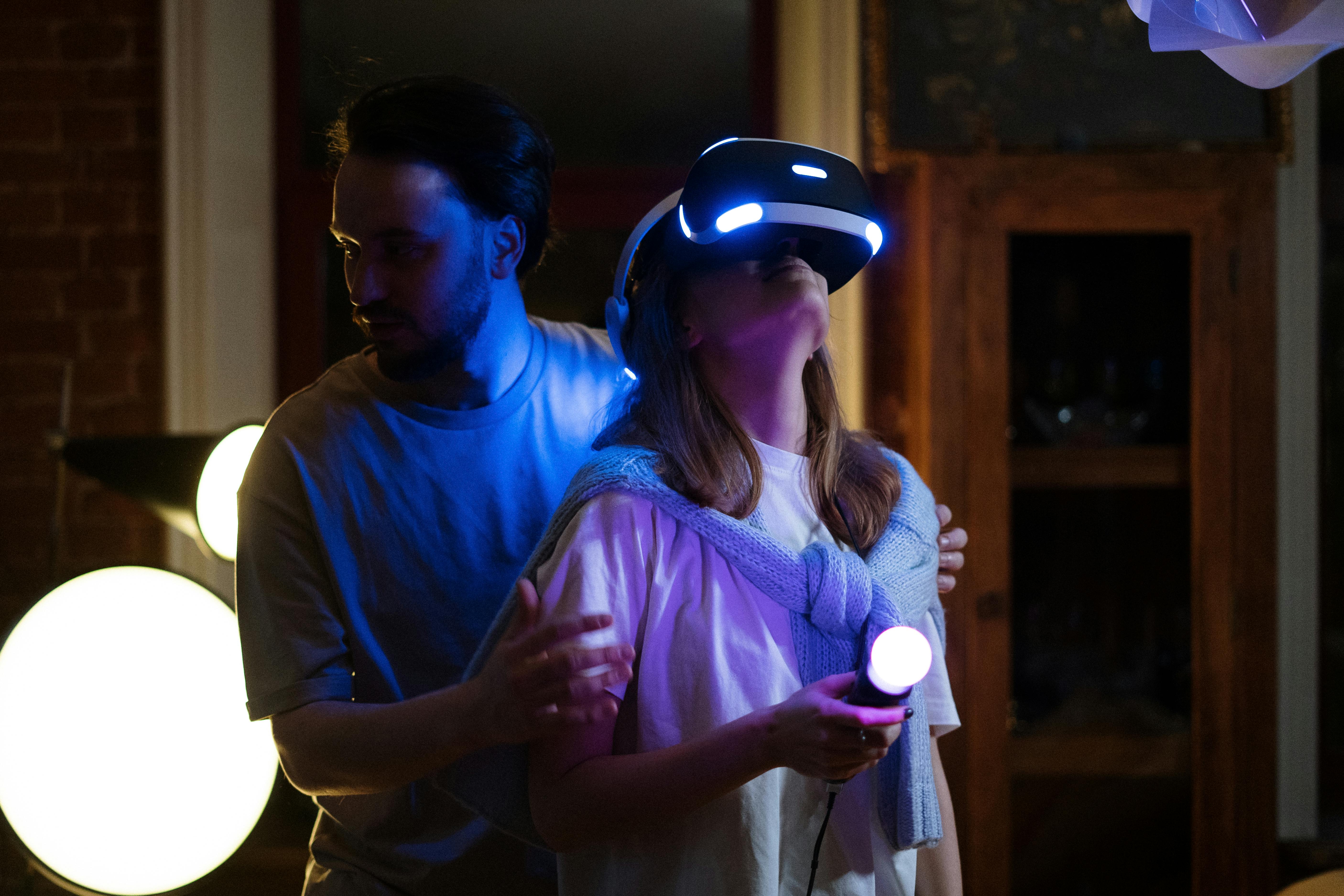Bryter Senior Analyst Huw Williams explores the booming Indie game market, and what they’re doing right to revitalise the industry.
Let’s not mince words – we all love an underdog story, but they’re sadly all too uncommon. Deep down we know the small burger joint on your street corner will never overthrow the likes of McDonalds.
Unless you’re in the gaming industry.
The humble beginnings of the Indie game can be traced back to the genesis of gaming, though it didn’t start to see a surge in popularity until the 2010s with games such as Super Meat Boy, Cave Story and Terraria making their way into popular culture. The story of the one-man development team made rounds across gaming audiences, with Indie games seen as a pure expression of artistic intent in game design, unmarred by all the red tape of corporate Triple-A development. Fast forward to today, and Indie games are now a staple of the gaming ecosystem, at times even outperforming titles with multi-million dollar budgets. Games like Hollow Knight, Hades and Undertale all fall under the ‘Indie’ umbrella, but have the critical and public acclaim to match up to, and even surpass, games by the biggest developers in the world.
So how did this takeover happen? And what is it about new Indie games that has gamers so hooked?
From humble beginnings to industry titans
The lines of what make a game ‘Indie’ are starting to blur. While previously a term for the one-developer project, or skeleton crews of maybe 3 or 4 people, indie has become a catch all term for most projects which fall outside of the Triple-A titans which rule the industry. As the potential for indie game success grows, so do the teams behind them.
Minecraft started its life as a solo-developed indie game, and has since built its way up to the position of best-selling game of all time, with even a (questionable) movie now in its arsenal. This is by no means the norm for indie development, though scalable indie projects have become more commonplace, with more and more titles shifting towards the AA category. Recent successes like the launch of Clair Obscur: Expedition 33 bring to question where these kinds of games fall between indie and TRIPLE-A, though they share the same Cinderella story as indie – games developed by small teams with stringent budgets.
Because of this, indie games are no longer only touched by hardcore gamers looking for something niche and underrepresented. Our findings from recent international gamer samples reveal that 89% of gamers have now played indie games, particularly within younger, PC-leaning communities. In the past, indie gamers were a minority in the gaming ecosphere, made up of Stardew Valley and Binding of Isaac enthusiasts – now you would be hard pressed to find a gamer who hasn’t given these games a shot.
Pushing the boundaries on style and gameplay
So what’s the draw for indie games? Hollywood-level budgets and large international teams should indicate Triple-A games lead in high-quality experiences with unprecedented polish, right?
Not necessarily.
Indie games have the advantage of being cohesive passion projects, free of restrictive corporate oversight. Triple A games must push what is guaranteed to sell or what will appeal to the widest possible market, while indie games get to laser-focus on the diehard gamers, and tap into exactly what they want to see. You can see this in the genre preferences of Indie players – Roguelikes and Card games dominate the indie scene, genres which are generally untouched in the Triple-A market. This is a student’s personal arthouse film fighting against the newest Marvel release, and somehow holding its own.
And it’s not just genre, there are certain gameplay experiences which indie games provide far more than most Triple-A titles. When we asked indie players what draws them in, 39% reported that indie games have a unique visual style that you don’t often see. Not to over-generalise, but most Triple-A games opt for a hyper-realistic style, pushing the limit on what current hardware can do and subsequently setting fire to graphics cards all over the world. Indie games have a different approach – smaller teams and budget mean that while high-quality graphical fidelity is not there, artistic expression is. It’s not all just chunky Minecraft blocks or pixels: games like Ori and the Blind Forest stunned with its luminescent hand-drawn art style, and Cuphead received universal acclaim for its faithful and painstaking dedication to golden age animation.
Indie games are not just alluring because they’re unique or different – it’s because they’re personal.
The lower stakes of indie game production also mean developers get to be more experimental. If you have mastered one action-adventure game or FPS, chances are you’ve got a good hand in them all. For indie games, however, we get to see innovation on standard gameplay tropes and mechanics, and fresh takes on the standard formulae. Early indie games often took the form of Earthbound-inspired JRPGs produced in RPGmaker or other software, and developers found ways to bring in new twists. Undertale turned the genre on its head with its pacifist system, allowing players to bypass battles entirely and influence the story through their gameplay approach. Omori continued to innovate on RPG mechanics with its unconventional system, where players must manage and synergise the status effects of party members.
The roguelike genre has gone through a similar metamorphosis in indie. As one of the most popular genres in the indie market, we are now seeing roguelike elements injected into the unexpected. Crypt of the NecroDancer combines roguelike and rhythm game mechanics with randomised dungeon layouts and NPCs which can only be explored by moving to the beat of the soundtrack. Balatro and Slay the Spire combine roguelike and deck-building, a surprisingly cohesive hybrid of genres that utilise the randomness of card shuffling with the replayability of roguelike.
Indie games give players the opportunity to play with mechanics that have not yet proved themselves to be staples of their genres, trying something entirely unique every time. With 37% of gamers agreeing that innovative gameplay mechanics are what draw them to indie games, it’s no surprise that the indie market is flourishing with gamers looking to try something new.

Breaking through the noise
Given that indie development operates on a low budget, the opportunities for a strong marketing push are not there. Because of this, indie games must rely on other methods of getting the word out – which typically comes in the form of community outreach.
Players are most frequently introduced to indie games through word of mouth, whether that is by friends’ recommendations or by streamers or content creators. This is especially true for under 30s, who are likely to engage in communities rife with discussion about indie games (think Reddit, or Discord), or watch popular content creators on YouTube or Twitch. Having open communication channels around the game have the benefit of growing interest organically, with players discussing the USPs of the game and having the opportunity to interact with the developers themselves. Give players something to talk about, by sharing updates on the development cycle of a game, or with working demos or assets (such as trailers or gameplay images) to open the floodgates to group talk.
Through content creation and streaming, the game can also grow through virality. Fun, watchable moments make great content which gives players a taste of what the game is going to look like, and encourages them to pick it up for themselves. As indie games are typically shorter and more reliant on replayability, they gel well with shortform content that we see in modern social media or video sharing (such as TikTok, Instagram reels or YouTube shorts). Viewers may be put off watching a 90-hour playthrough of an action-adventure title, but seeing a quick gameplay loop of a roguelike indie game is far more palatable and likely to make the rounds in gaming communities.
In conclusion
The gaming industry has never been a stable one. Trends in genres, gameplay mechanics and visual quality are constantly changing, though the staples remain the same: players want innovation, they want games made with passion, and above all else they want fun. Indie gaming has always been a great way to facilitate what players want, while keeping down the budget and team size – and the payoff is huge. While triple A games struggle to hit the mark with audiences despite massive budgets and manpower, indie games prove that a clear identity and vision for a game can result in significant returns even without the funding; and away from the budget cuts and redundancies which are currently plaguing the industry.
It's just a matter of approach – indie developers cannot rely on the big launches of Triple-A vendors. Finding a good indie game is straightforward, but we don’t want to wade through scores of asset flips on Steam just to find the occasional gem. Utilising a small but strong launch strategy will help get your indie game onto wishlists, and to the top of the charts – there’s enough precedent to prove this can be done. Engage with communities and use virality to drive your game into the public eye – players want to see what makes your game so different, and they want to see the passion you pour into it.
new indie games, proxy server, browse game gaming, few indie games, ign playlist, joel couture robo catcher, wiki api developers anime, action rpg shooter, big indie games, great indie games, metaverse, , VR headset research
Learn more
To learn more about the growth of the Indie game market, and the gaming market research we do at Bryter take a look at this article or our Mini Report: The Rise of Indie & AA
Get in touch
To find out more about how Bryter support developers and publishers throughout the gaming research development lifecycle, with video game focus groups, video game marketing, gaming surveys, game localization and beyond, get in touch with our Head of Gaming Insights: jenny.mcbean@bryter-global.com







